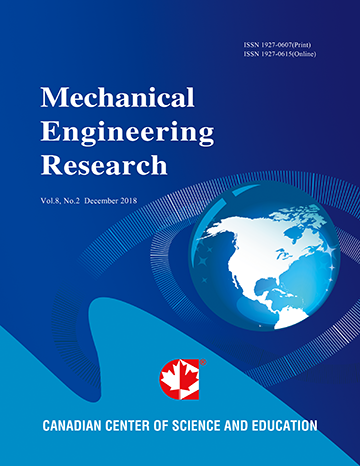State Space Methods and Examples for Computational Models of Human Movement
- H. Hemami
- M. Hemami
Abstract
In the past, multi-rigid-body systems have been formulated by Lagrangian and Hamiltonian dynamics, the Newton-Euler method and Kane’s dynamic equations. Availability of large computers and versatile software systems enables us to formulate larger systems and analyze them computationally. In such circumstances, the probability of human error grows with the size of the system. The purpose of this work is to provide state space formulations that allow verification of computational results and be able to transport Lyapunov stability results across the these dynamics disciplines. The formulations are presented with matrices for all transformations and projections.
This work also investigates the constraint forces and their computation or elimination by different methods. A one-link constrained rigid body is considered first. The results are summarily extended to a three-link system. Six three-link rigid body sub modules are interconnected to describe, control and simulate many different maneuvers and activities of humans.
The actuators have alpha and gamma inputs, and pull but cannot push. The control strategy is based on Evarts’ “attention set,”, and is applied to the movement of one arm in a computational experiment.
- Full Text:
 PDF
PDF
- DOI:10.5539/mer.v6n1p46
Contact
- Lenna BaiEditorial Assistant
- mer@ccsenet.org
